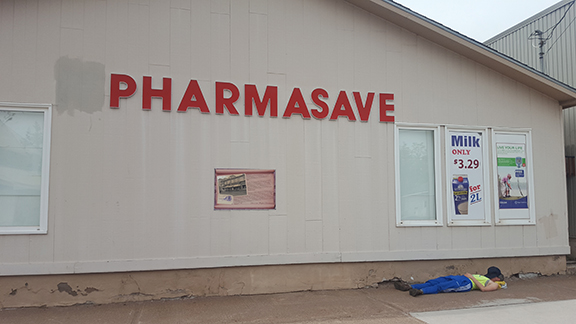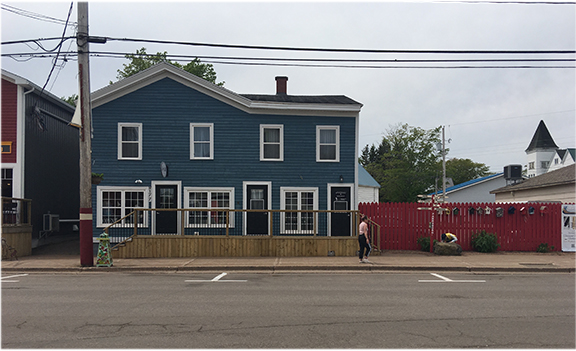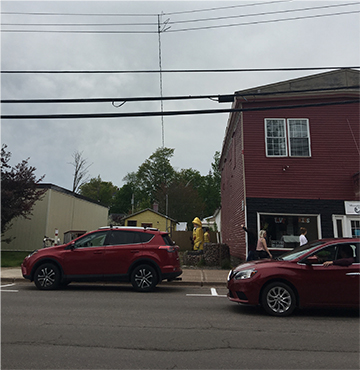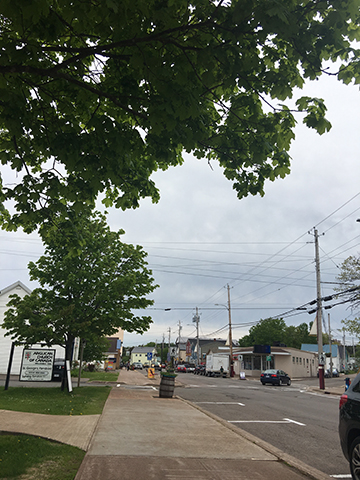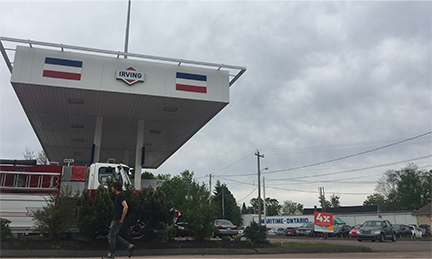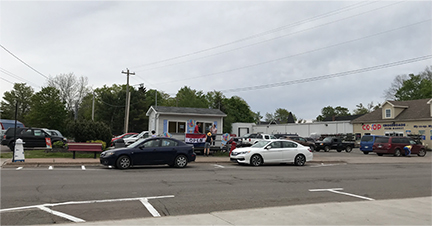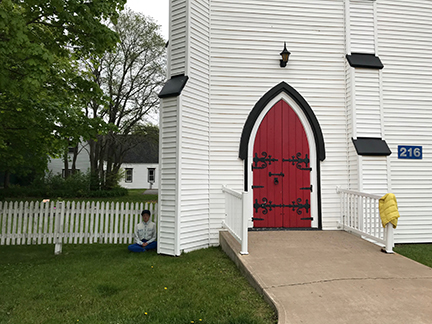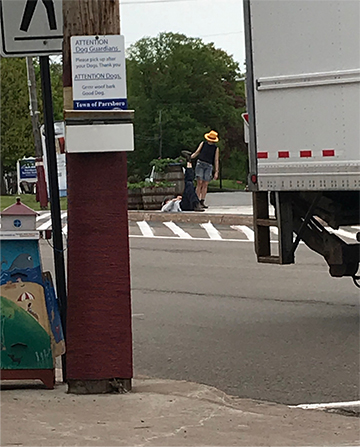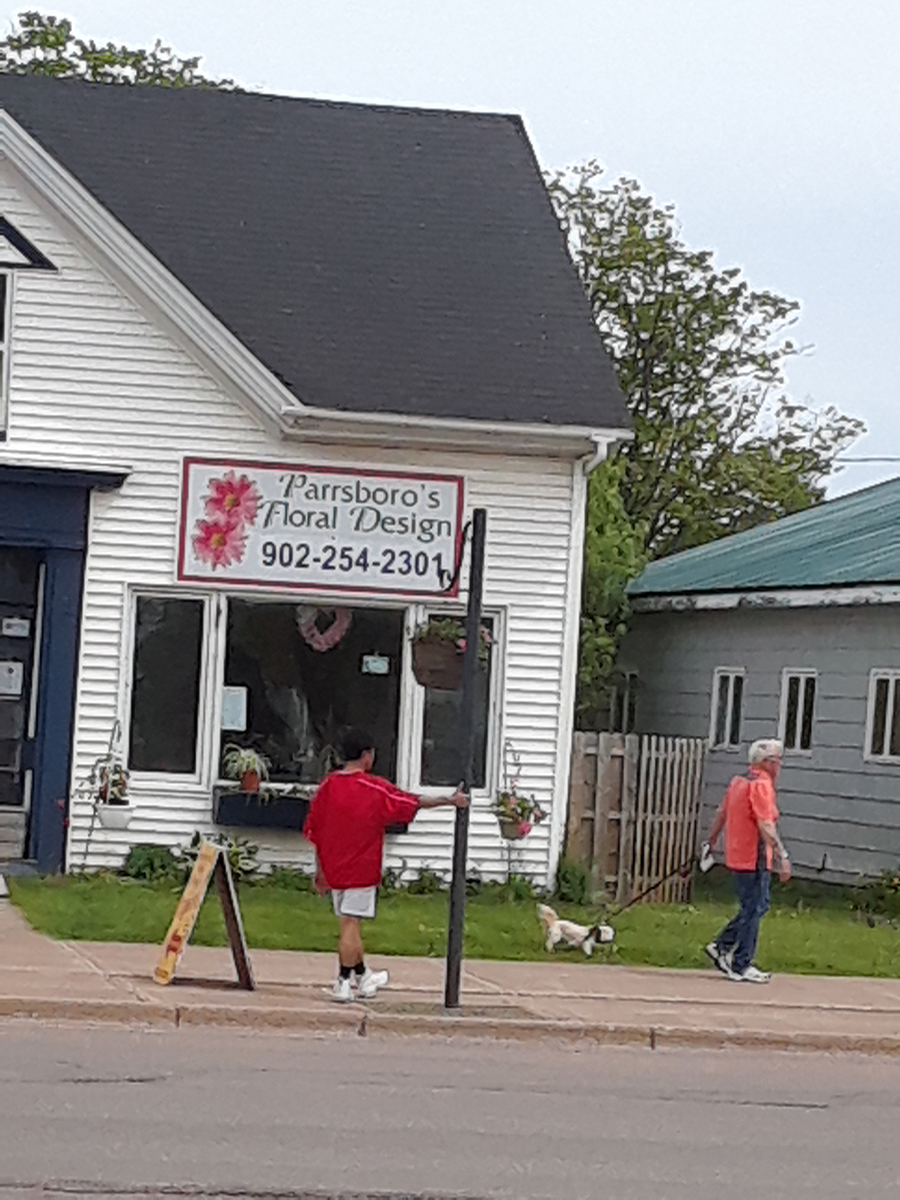Hide/Not Hide
letter written thurs june 8 at 11:30pm in bed in the church after opening night of the festival
Dear 8 Days,
I’m alone in the church and it’s raining and the wind is howling and I had my first ghost scare which was obviously followed by several more because I’m alone in the church and the wind is howling and the building is moving and maybe our festival has summoned ghosts who were sleeping all week.
It’s day 7 and I wanted to do more with you
It’s day 7 and I’m happy to know you
I would like to remind you of when we sang catch a falling star and put it in your pocket
Never let it fade away
Never let it fade away
---
sermon delivered to 8 days-ers and a few strangers the afternoon of thurs june 8 in the cafe prior to playing hide / not hide as my practice share/public moment
I’m Molly.
I’m 38 years old.
I grew up in Baddeck, which is a small village of about 800 people now and maybe twice that when I was a kid.
The only dance you can study in Baddeck is not actually in Baddeck but in St. Ann’s Bay at the Gaelic College. It’s about fifteen minutes away and you can learn to step dance there and play the bagpipes and speak Gaelic. I haven’t done any of those things.
Also about fifteen minutes from Baddeck is Nyanza and a bit beyond that beyond that is Waycobah First Nation or We'koqma’q. The first name for Cape Breton was Unama’ki and it is unceded Mi’kmaq land, unbelievably beautiful and life-giving land with water everywhere - and I think it’s important to say that I didn’t know these names what land I was on for the entire 18 years that I lived there or for many years after. I do now so I try to say these names out loud. As empty as that may be.
I’ve been working as a dance artist for fifteen years.
For the first five years of my career, I also worked as a customer service supervisor at Whole Foods Market.
For the past ten years, my primary income has been from dance. I also write and do admin work to supplement that.
More recently I have begun cat sitting and dog walking as a way to make more money so that I no longer find myself saying yes to dance related working scenarios that don’t feel mostly pleasurable or useful or healthy - that are toxic or abusive and that I know I should say no to. That happened to me quite explicitly in 2017 and I’ve spent the last two years thinking about power in our field and thinking about why I’m still dancing and what use is dance and how best to interact with dance and one way I’ve chosen to interact with it is by saying no to toxic versions of it and walking dogs instead - which I love.
In the last year I also learned to drive and became licensed as a wedding officiant. I feel really excited about both of those things.
My dad texted me yesterday and pointed out that so far I have performed four weddings and a funeral… That’s the name of a movie.
I make dances and performance and texts and films and have been doing this for about four years.
I have mostly only made work on my self or in collaboration with others and I have only taught five times ever so leading a room is not something I feel so comfortable with.
Which may be why I like being an officiant - I’m usually the person with most information who needs to take charge and it’s good practice for me.
I started dancing when I was 8 at a small studio an hour away from where we lived. When I started competitions weren’t a part of what the school did but performing was - my first summer after my first year I think I performed maybe fifty times all over Cape Breton at parades and in bandshells and old folks homes and on docked cruise ships in Sydney harbour which is very different then the Sydney harbour you may picture when you think of Sydney harbour. One of the things we performed was a version of Cats and I was a jellicle cat and because I already needed glasses by that time had to wear my glasses over my cat makeup.
I don’t have a degree or an academic background.
Last year I applied for a big chunky Metcalf Fellowship grant in which I proposed a glass half-full tour where I would talk to independent artists working in dance across the country about what was working for them in their communities and their practice and their dance lives. I didn’t get the grant and thought I might use this week as a space where I could have those conversations but instead I’ve been having many conversations about what doesn’t work in this space and that’s frustrating and funny and expected and making me think about solutions and hope and action on both the micro and macro level.
One time I was riding the subway in New York and there was this beautiful stained glass window that I noticed and noticed a little boy noticing and pointing at and trying to show to the adult they were with. I was really taken with the wonder on his face and his body. And then I watched as the adult he was with ignored the child and ignored what he was seeing and just grabbed his hand and pulled him onto the train. And I kind of felt like that’s the moment it goes wrong or a million little moments like that that close us off to the world and I think a lot of my work is about trying to encourage people to open up again, to look at the window, look at the light.
So: hide not hide.
Last year I co-initiated a residency on Toronto Island alongside five other artists: Tina Fushell, Meredith Thompson, jes sachse, Ashley “Colours” Perez and Germaine Liu. We were dealing with the subject of taking space as people who are not always encouraged to take space in more or less overt ways. Female femme non-binary queer racialized disabled bodies or cross sections of those identitities, specifically in the context of our research. But also thinking about what space we have been encouraged to take and how the cisgendered straight (white) male might take up hard sharp space but not necessarily feel able to take a soft tender vulnerable space - as an example.
So hide/not hide emerged out of this residency as practice for both taking space and choosing how you want to be seen. On the island we played it in our studio and then in the shared kitchen while other artists were eating their lunches and then out on the beach. Since then I’ve used it in my research and played it by myself at Union Station in Toronto as part of an open rehearsal thing, and I like to play it randomly in the park by my house.
The structure is pretty simple:
- You can hide.
- Or not hide.
- Decide where you want to be.
- Decide how you want to be seen.
- Observe if you want to.
- Stay within the limits of main and station to the gas station-ish.
- We’ll set our clocks for 50min and then meet back in the gallery. Once the hour is up let’s say you have about ten minutes to make your way back to the gallery.
- We’ll do what is needed when we get there.
- Obvious statements but good to say: use common sense and care in terms of traffic and be respectful of people’s property.
- Ice cream can also be a part of hide/not hide.
Any questions?
---
photos taken by 8 days-ers during hide/not hide
